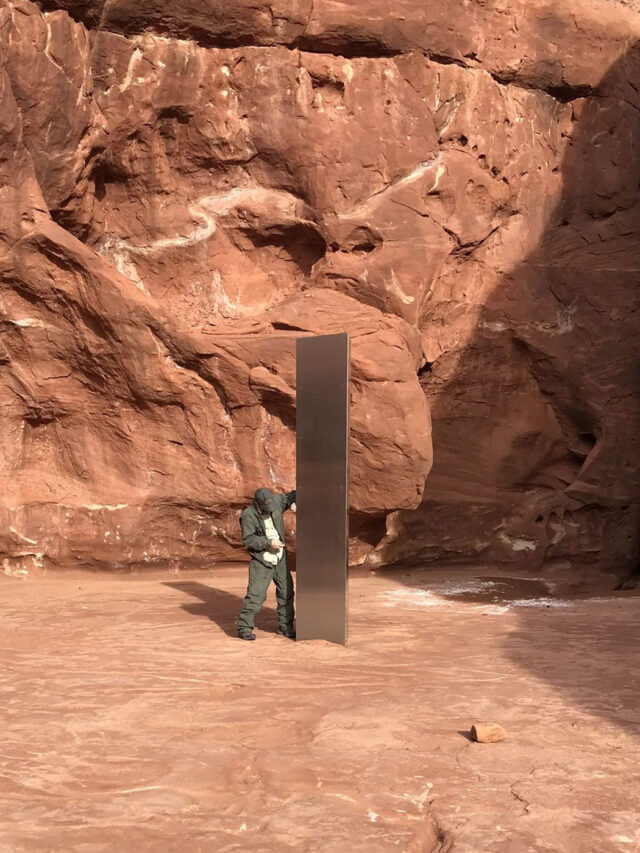“I believe this is definitely by John.”
–
David Zwirner, gallerist of American Minimalist
John McCracken (1934-2011), on the mysterious monolith discovered in remote southern Utah. McCracken was best known for his plinth-like reflective sculptures that he frequently likened to something that an alien visitor might leave behind on earth.

